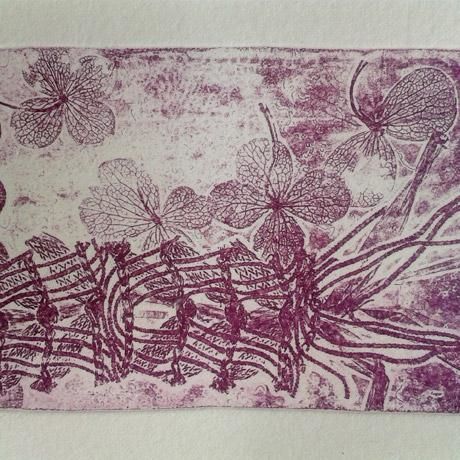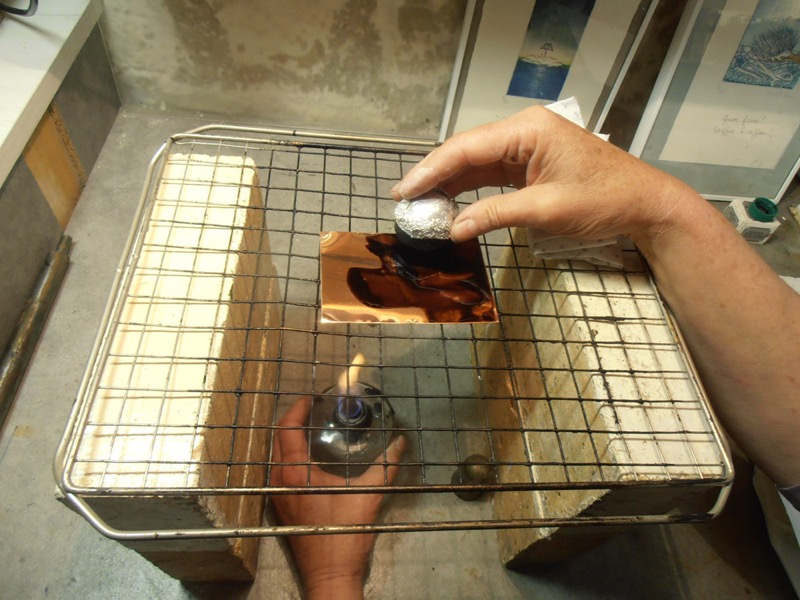
Estimated time: 2 hours
Level: Intermediary
Artist: Charlotte Reine
Soft varnish is a technique that is particularly useful when you want to create tiny details with plants, fabrics, feathers or various other materials.
It is also perfect for beginners who are not yet daring enough to engrave directly onto the plate!
Material :
- Paper : Canson® Moulin du Roy 300gsm
- Accessories: soft varnish, a plastic tray, nitric acid diluted with 50% water, an 8 cm x 5 cm copper plate, a tube of sepia intaglio printing ink, white spirit, a spirit lamp, a grid, a sheet of rhodoid, an intaglio printing press and various plants and textiles.







